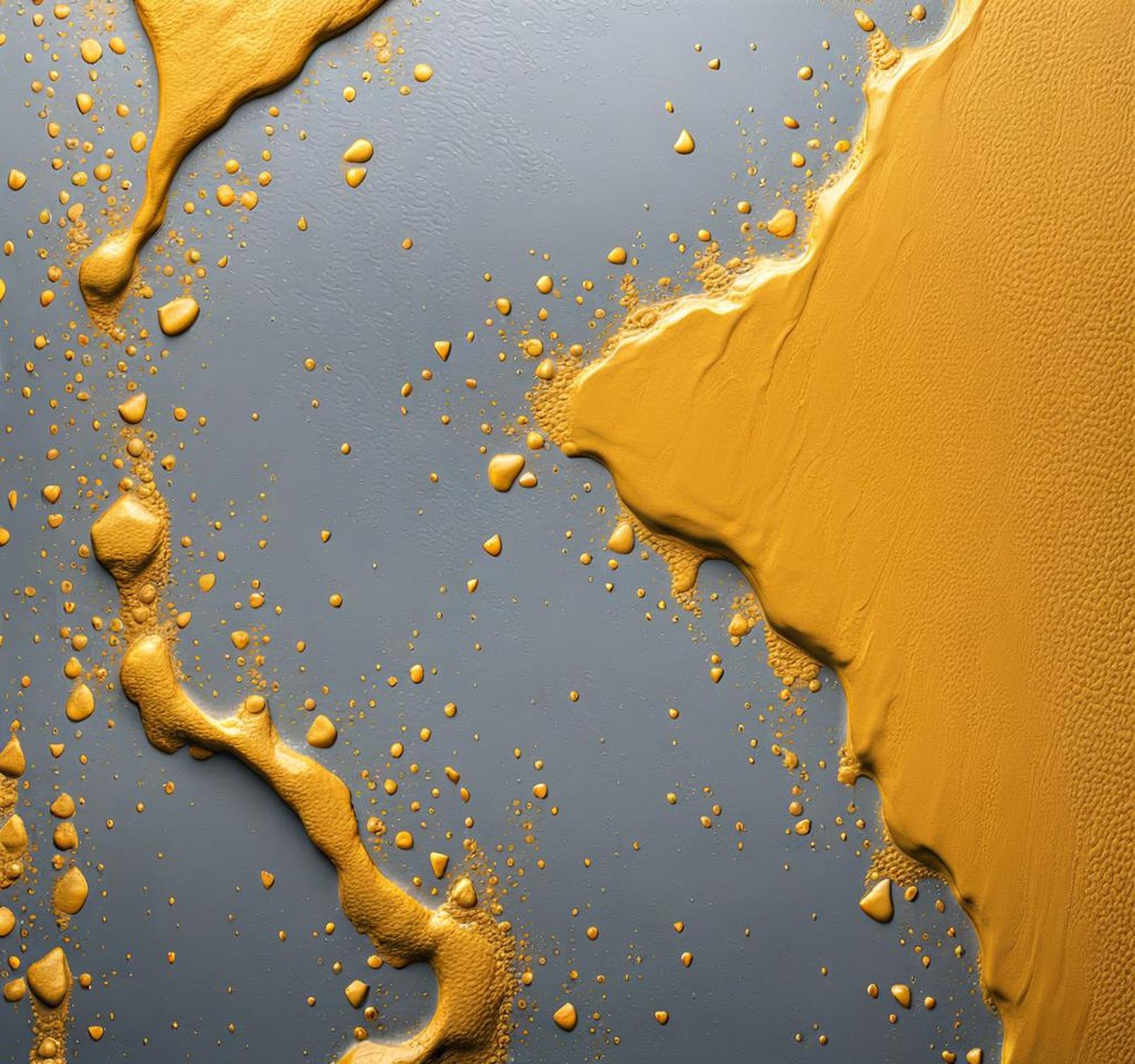With its cool industrial aesthetic, wet cement paint is one of the more polarizing interior paint colors. This unique paint formulation containing a high ratio of cement has its fair share of ardent fans and vocal critics. But is it right for your home? Let’s explore the pros, cons, and best uses of this bold paint choice.
Wet cement paint, sometimes called cement-based paint or concrete paint, first emerged in the 1950s as a heavy-duty coating for commercial and industrial applications. Developed to withstand heavy wear and tear, it gained popularity for its extreme durability and weather resistance. Over time, bold designers began incorporating it into residential spaces, attracted by its idiosyncratic, rough-hewn appearance. While not for everyone, it can create a striking, on-trend look when used thoughtfully.
The Pros: Why Some People Love Wet Cement Paint
Durability
By far the biggest selling point of wet cement paint is its rugged durability. The high concentration of cement forms a protective shell that resists cracking, chipping, and fading over time. This makes wet cement paint ideal for high-traffic areas prone to bumps and scrapes, like hallways, kids’ rooms, and laundry rooms.
It’s also frequently used in basements and garages, where its strength protects against moisture damage. The color will remain true long after traditional paint would require touch-ups. If an industrial look is your vibe, wet cement paint’s fortitude pairs perfectly with the aesthetic.

Versatility
Though originally strictly utilitarian, wet cement paint has been embraced by modern designers for its versatility. Minimalist interiors and rustic-chic spaces incorporate it as an accent wall or focal point. The flat finish also takes on customized textures beautifully – polished concrete, layered stucco, or simulated brick.
Outdoors, wet cement paint lends a raw, earthy feel to patios, retaining walls, planter boxes, and more. Its weather-resistance keeps the color fresh in sun, rain, and snow. Creative applications showcase wet cement paint’s adaptability outside industrial settings.
Cost-Effective
Compared to premium designer paints, wet cement paint comes at a relatively affordable price point. Since it rarely needs touch-ups or repainting, it provides better value for money over time. Areas painted with quality wet cement paint will maintain their appearance for years before requiring a refresh.
For large, high-traffic spaces, choosing this tough paint over less durable options ultimately costs less, even if the initial investment is higher. The long-term durability outweighs the higher upfront cost.
The Cons: Reasons Some People Hate Wet Cement Paint
Drab Aesthetic
The matte, minimally reflective finish of wet cement paint reads as flat and lifeless to some. Without light-reflective pigments, rooms often appear dull and dark. The industrial vibe also comes across as too cold and austere for many.
For homeowners seeking a warm, welcoming look and feel, the monotone grays and beiges of most wet cement paints fail to fit the bill. The very qualities that make it versatile can also make it uninviting as an all-over room paint.
Moisture Sensitivity
While often used in basements, wet cement paint’s moisture resistance has limits. Efflorescence, a white powdery mineral deposit, can appear on wet cement painted walls in damp conditions. Prolonged moisture exposure can cause the paint to flake or bubble.
Wet areas like bathrooms are also risky, since steam, splashes, and drips will damage wet cement paint. The high cement ratio makes the formulation less forgiving compared to latex or enamel paints. Careful site selection is key.
Limited Color Range
For a bold, saturated color palette, wet cement paint comes up short. The inherent concrete-like tones limit options to neutral beiges, greys, and whites. While durable, the matte finish lacks the depth and dimension of gloss, metallic, and pearlescent paints.
Vibrant blues, greens, and other colors are unavailable in wet cement formulations. For some, the narrow color selection is too restrictive, especially for entire rooms. Using it strategically for accents helps offset the limited palette.
Difficult Application
Wet cement paint’s thick, heavy body makes application difficult for DIYers. Brushing and rolling on the viscous paint requires some muscle. Proper prep with compatible primer is a must for good adhesion.
The strong concrete ingredients also necessitate safe handling precautions like gloves, goggles, and a respirator. For larger application jobs, calling in an experienced professional painter is advisable over tackling it alone.
Tips for Using Wet Cement Paint
If you’re intrigued but uncertain about incorporating wet cement paint in your home, these tips can help:
- Test samples before fully committing. Paint swatches on boards to view in different lighting.
- Prime surfaces thoroughly prior to application for ideal adhesion.
- Only use wet cement paints indoors with proper ventilation due to odor and fumes.
- Combine with colorful accents and furnishings so space doesn’t feel one-note.
- Add visual texture and dimension through varied finishes and layered effects.
At the end of the day, wet cement paint comes down to personal preference and proper application. The durability and edgy aesthetic appeal to some, while others balk at the drab look or difficulty applying it. Weigh your space, needs and style sensitively.
Used thoughtfully, wet cement paint can create a stunning, on-trend look. With the right prep and technique, a bold wet cement statement wall or accent adds industrial edge. On the flip side, slapping it on every wall in your home risks a cold, unwelcoming feel.
Before taking the wet cement plunge, honestly assess your space and sensibilities. Sample it alongside warmer analogous colors. Strategically apply to high-impact areas only. With the right approach, you can thoughtfully incorporate this polarizing paint into your home’s design story.
